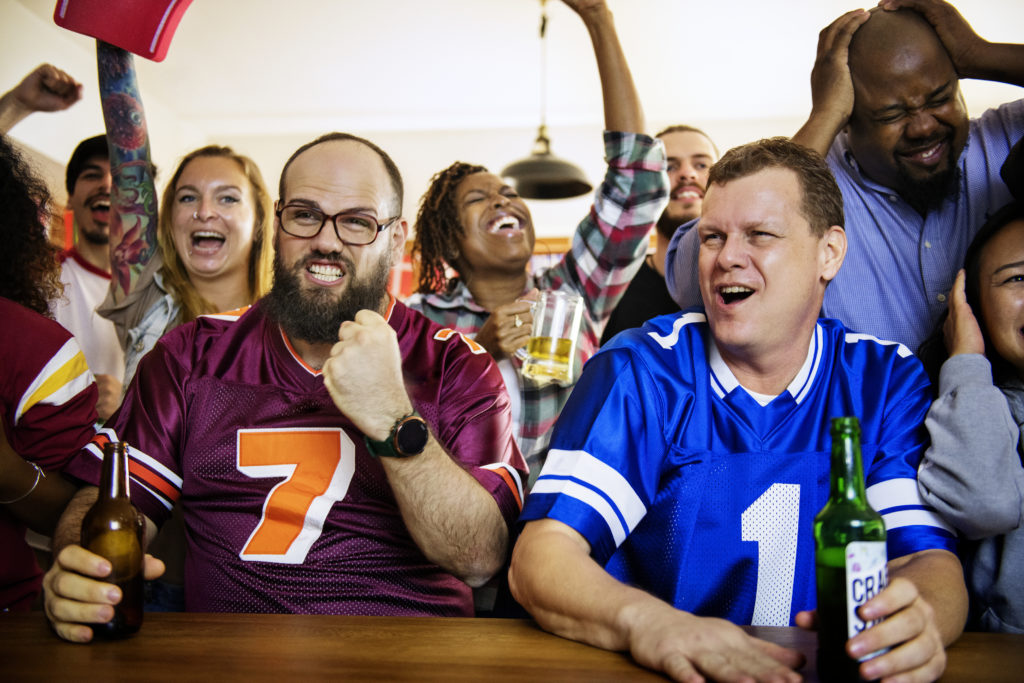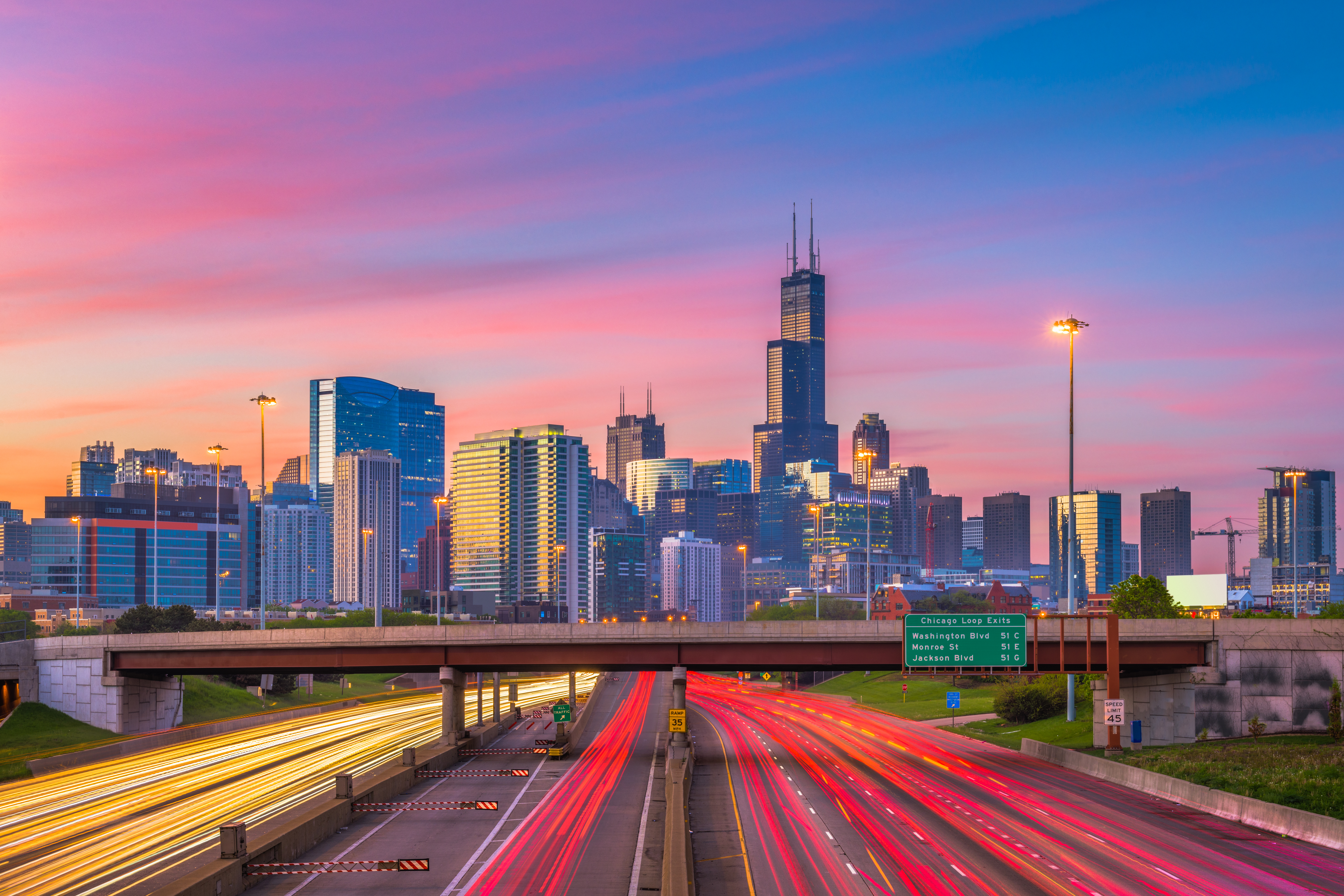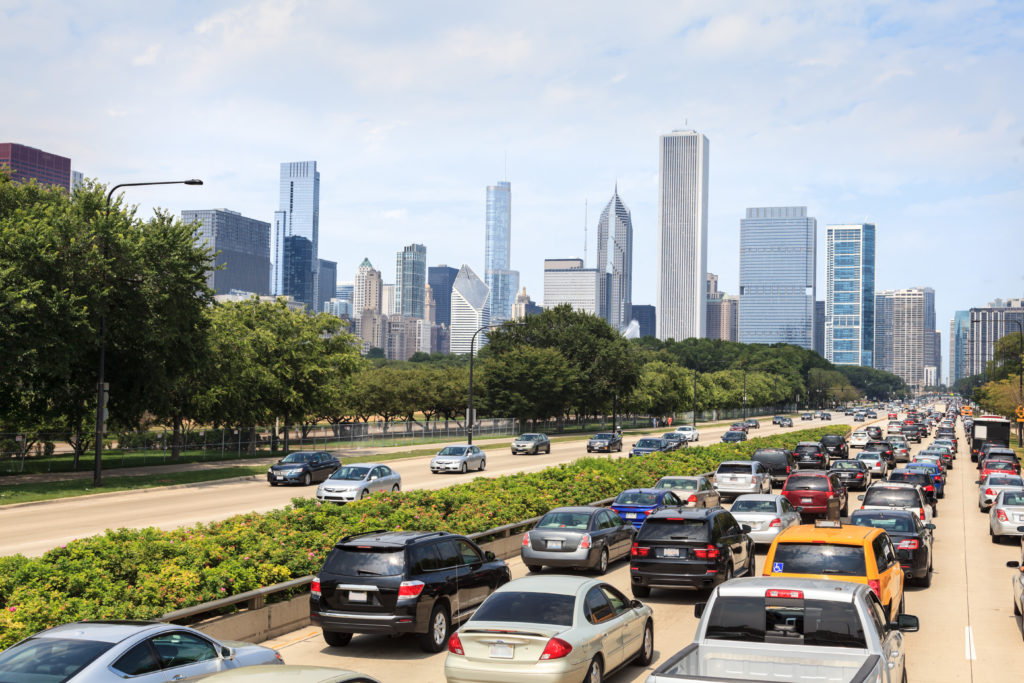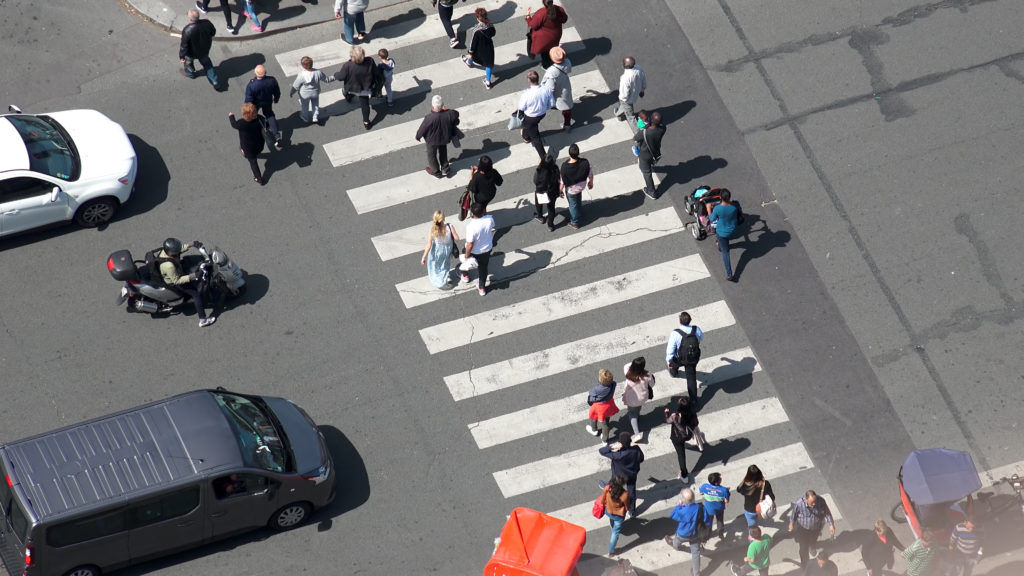
Football is back. For some of us in Chicagoland, that means screaming at the TV alone in frustration and joy for the next four months. For others, it’s a collective experience of doing the same thing surrounded by friends and family. And, yet another group of us, about sixty-thousand or so, will gather together on the Museum Campus to attend the battle on the gridiron in hopes of seeing our team defeat the opponent in stupendous fashion. Speaking of fashion, a great many of these enthusiastic spectators will be dressed in jerseys ready to suit up in case da coach needs ‘em. My prediction is that he won’t, but if you’ve ever used the word “super” to describe your commitment as a fan, far be it from me to dash your hopes and kill your dreams of experiencing glory and having the chance at lining up, if only just once, in T formation.
No matter how you plan to enjoy watching the ball game, while getting there and back, strong safety should be your primary goal in defending against traffic crashes. Ok, I know that was corny. I’m a dad, so I like dad jokes. However the sentiment here is what counts. You want to be able to have fun watching the game without worrying about getting hurt in a crash heading home.
People should know better, yet the Centers of Disease Control and Prevention reportedthat 3,866 people died as the result of car crashes involving drunk drivers between 2013 and 2012 in Illinois. A lot of people enjoy having a drink on game day. That should be fine as long as it’s done responsibly. That means, anyone getting behind the wheel of a motor vehicle should be sober; not sobered-up, but sober.
How Long Should You Wait to Drive After Drinking?
Is 48 hours too long to wait to drive after having that last drink? I don’t think so. It’s generally known that it takes about an hour for a person’s body to metabolize one standard drink. Yet, alcohol can be detected in a blood test for up to 12 yours after having a drink. Not only that, consuming alcohol has other, longer-term effects on your body. Having five or more drinks in one night can affect your mind and body for up to three days. Drinking slows down your metabolism and endurance, making it harder to stay fit even if you exercise. Even if your workout performance is of no concern to you, driving a car is still a physical activity. Alcohol also inhibits nutrient absorption. Not only do beer and liquor contain no vitamins or minerals, they deplete the essential elements, such as B12 and zinc, your body needs to maintain focus and energy, which are also needed to properly operate a motor vehicle.
So even if your team’s offense doesn’t show up to do their job, you’ll most likely still be expected to show up to work on Monday. If you’re going to drink during the game, get a driver or use public transportation, even the next day. Having litigated car crash cases for a few years now, I can share from experience that, heaven forbid, if you were to find yourself a party to a motor vehicle crash lawsuit, there is a high probability that you will be asked, under oath, in a deposition whether you consumed any alcohol within 24 to 48 hours before having been involved in a collision.
Negligence is preventable. Every one of us can take steps to improve our chances of getting home safely so that we can enjoy the whole season without injury or worse. So, have fun this season, be safe, and go (registered trademark of a certain team that plays in a certain town that won a certain game in 1985)!





